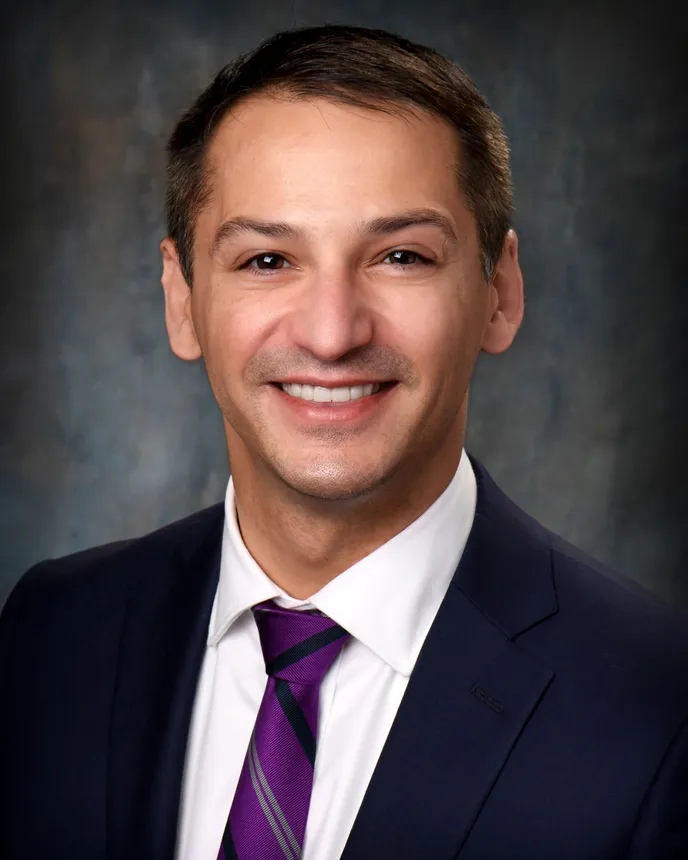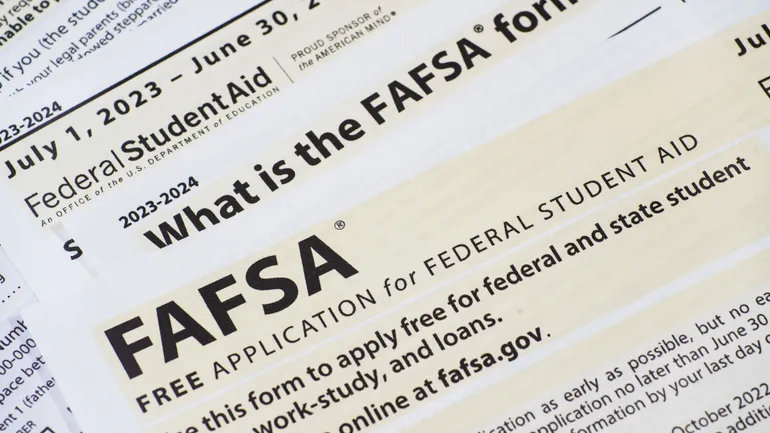Joseph Howard is vice president for enrollment at Widener University, a private nonprofit in Pennsylvania.
In fall 2024, undergraduate enrollment among first-year students dropped by 5% compared to the year before, according to new preliminary data from the National Student Clearinghouse Research Center. Most of that decrease was due to fewer recent high school graduates heading directly to college than in previous years, the clearinghouse found.
Several dynamics are likely at play, including the ban on race-conscious admissions and some universities’ abandonment of test-optional practices. But one prominent culprit is undeniable: the fiasco surrounding the new Free Application for Federal Student Aid.
As of Oct. 18, the botched 2023-24 rollout contributed to an 8.8% decline in applications from the high school class of 2024, equal to roughly 210,000 students. It’s reasonable to assume a fair share of those students simply did not matriculate and were likely left behind by a broken system.

Joseph Howard
Permission granted by Joseph Howard
Anticipating these challenges, Widener University adopted a proactive approach to financial aid. And we succeeded.
The FAFSA filing rate among Widener’s domestic admitted student pool remained well above 70%, increasing the number of applications received by 5% over the prior year. We delivered more than 2,500 financial-aid offers within a week of the Education Department’s green light and enrolled Widener’s largest undergraduate class in its history.
Our experience shows that institutions can actively promote college access despite the disruptions caused by FAFSA changes. With the U.S. Department of Education indicating the 2024-25 FAFSA won’t be fully available until Dec. 1, we encourage other institutions to consider some of the strategies we deployed.
Engage your campus community
It takes an entire campus to recruit a cohort of students. For your community to be effective partners in that process, transparency and regular communication are key. Our campus began preparing for a delayed timeline in September 2023. For our faculty and staff, we framed this disruption as one of the most consequential changes in higher education in decades.
Amid this sense of urgency, strong partnerships and creative thinking quickly emerged. For instance, our faculty and academic leaders worked to reassess the timing of our marquee events for admitted students. These events provide a crucial opportunity for students and families to meet with financial aid professionals and review their financial aid offers — but this requires aid packages to be available. Knowing that financial aid data would be released far later than usual, we elected to postpone these events.
We then learned that the Education Department would not meet its goal of a Jan. 31 data release to colleges — with just a day’s notice. We again took action, making the decision to abandon Widener’s May 1 decision deadline. This affected everything from orientation timing and new student advising to the registration process and course section. If not for the spirit of partnership we nurtured, community support for such a significant decision might have been stymied.
Communicate, communicate, communicate
In our FAFSA solicitation efforts, we pivoted from a transactional outreach approach to one based on partnership. We recognized students’ and families’ confusion and frustration upfront and sought to assure them that we were in the process together.
We committed to keeping students informed amid abrupt changes, software bugs and delays. In addition to a public-facing university webpage, we supplemented outreach with TikTok videos featuring our financial-aid team, ongoing virtual events for FAFSA support (for all students, not just our applicants) and messaging to high school counselors.
We also communicated with tenacity and variety. Postcards, text messages, email and one-off outreach by admissions counselors were staples in our toolkit. Our marketing team tailored its digital outreach strategy and delivered our messaging directly to students and parents through their social media streams. And we communicated at scale — the median admitted student received 28 discrete points of engagement from Widener specific to FAFSA filing.
Empower admissions as financial aid partners
Too often, financial aid processes are considered separate from the broader admissions and recruitment journey. We commonly heard admissions counselors express uncertainty about financial aid machinations, making comments to the effect of, “We send them to financial aid but don’t know what happens after that.” The inverse was also true — colleagues in financial aid were unclear about what students were hearing from their admissions counselors and seeing in their admissions portals. Bridging these divides with shared experiences, terminology and resources was key to ensuring Widener spoke with a common voice.
We also pivoted to address the urgency and forethought that would be required of our financial aid team when they finally received FAFSA data and could finish packaging aid. Admissions partnered with our marketing team and took responsibility for our FAFSA-outreach efforts. We added FAFSA-filing indicators in our admissions system, giving admissions counselors access to that information. We also added it to our faculty’s admitted-student rosters and gave each admissions counselor a filing-rate goal for their student population. The FAFSA process became an essential point in conversations with students and high school counselors.
Shifting these responsibilities ensured that our financial-aid colleagues — with support from our IT team — could prioritize preparation for financial-aid packaging and conduct critical testing of packaging formulas. We wanted to be prepared to roll out aid as quickly as possible.
Working together to achieve our missions
We have the privilege of working in an industry that changes young people’s lives. With that comes a responsibility to ensure that every student has the financial-aid support they need to access a college education. Working together to help students learn about college affordability is critical to that mission — for all of us.

